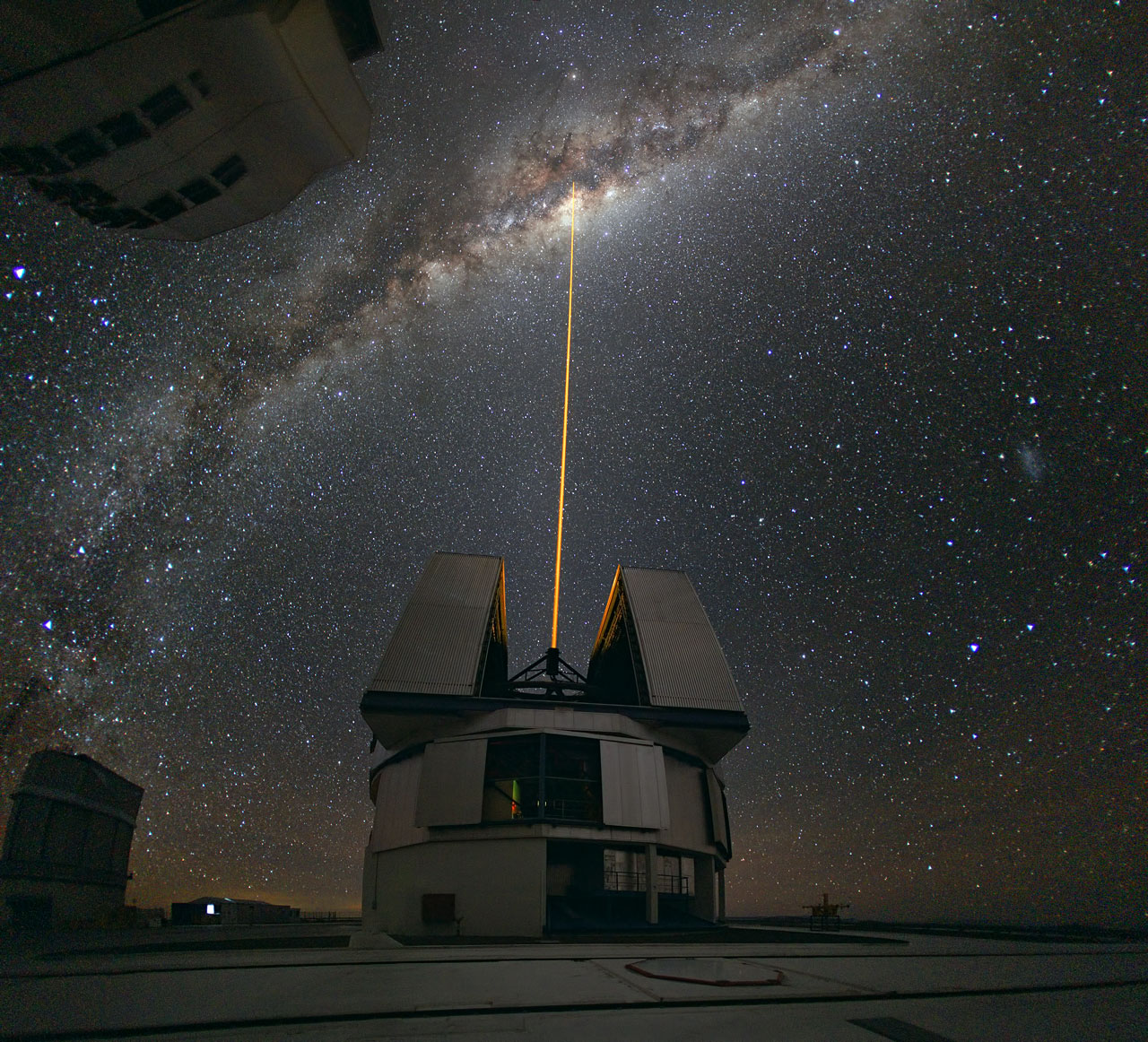Research continues on whether humans (and other animals) have the ability to perceive magnetic fields:
Many birds have a compass in their eyes. Their retinas are loaded with a protein called cryptochrome, which is sensitive to the Earth’s magnetic fields. It’s possible that the birds can literally see these fields, overlaid on top of their normal vision. This remarkable sense allows them to keep their bearings when no other landmarks are visible.
But cryptochrome isn’t unique to birds – it’s an ancient protein with versions in all branches of life. In most cases, these proteins control daily rhythms. Humans, for example, have two cryptochromes – CRY1 and CRY2 – which help to control our body clocks. But Lauren Foley from the University of Massachusetts Medical School has found that CRY2 can double as a magnetic sensor.
Vision is amazing, even more so when you take into account the myriad other things that animals and insects can detect beyond just our “visible” EMF spectrum. See also: box jellyfish with their surprisingly complex (and human-like) set of 24 eyes.


